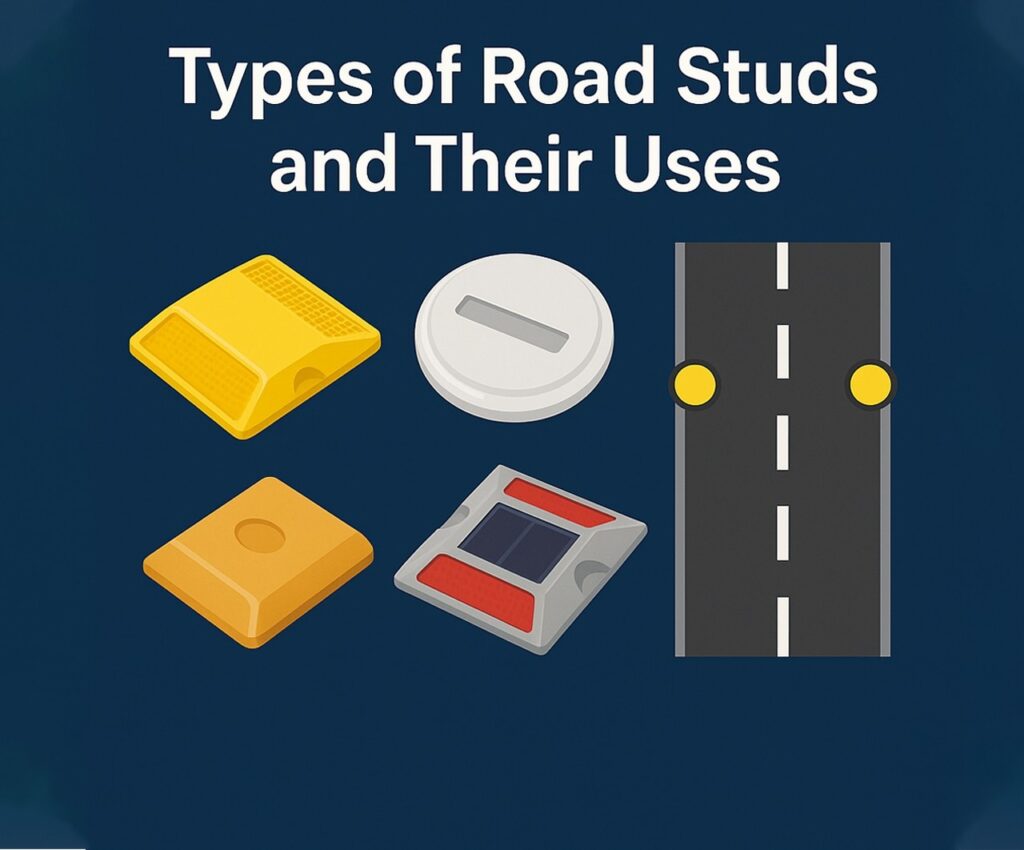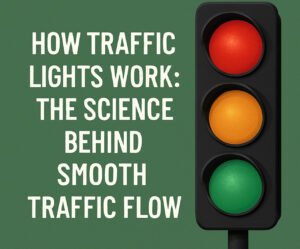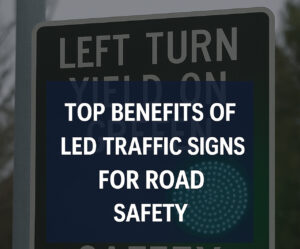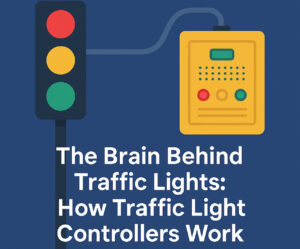Navigating roads safely—especially at night or in poor weather conditions—depends heavily on visibility. That’s where solar road stud, road stud light, and nokin solar road stud technologies come in. These small but powerful tools are changing the landscape of road safety by offering better guidance, alertness, and lane discipline for drivers worldwide. In this article, we’ll explore the different types of road studs, their specific uses, and why they are gaining widespread traction in road infrastructure projects. Know more..
What Are Road Studs?
Road studs, commonly known as “cat’s eyes,” are reflective devices fixed onto road surfaces to improve visibility, guide lane alignment, and enhance road safety. They’re especially useful at night or during low-visibility weather conditions. Modern innovations such as the solar road stud and road stud light go beyond passive reflection by actively emitting light to provide clearer navigation cues.
Main Types of Road Studs
1. Reflective Road Studs
These are the most traditional type and are typically embedded into the road. They contain reflective material that bounces headlights back to drivers, increasing road visibility at night.
Use Case: Highways, curved roads, and intersections.
2. Solar Road Stud
These are an advancement over the traditional reflective types. A solar road stud is equipped with a solar panel, rechargeable battery, and LED lights. During the day, it charges under sunlight; at night, it automatically lights up.
Use Case: Remote roads with no street lighting, bridges, and sharp curves where visibility is a concern.
3. Road Stud Light
This refers to any road stud equipped with built-in LED lighting, either solar-powered or wired. A road stud light provides superior visibility compared to passive studs and plays a vital role in traffic lane delineation.
Use Case: Urban streets, pedestrian crossings, and high-traffic zones.
4. Nokin Solar Road Stud
The nokin solar road stud is a branded and reliable version of the solar road stud. Known for durability, waterproofing, and high-intensity LED lights, these studs are favored in many public roadworks globally.
Use Case: Government infrastructure projects, airport taxiways, and coastal roads.
5. Ceramic Road Studs
These are durable and heat-resistant, made from materials like ceramic or thermoplastic. They are generally used for lane demarcation.
Use Case: Urban roads and intersections.
6. Plastic Road Studs
Economical and easy to install, these are often used temporarily during road repairs or construction.
Use Case: Construction zones or temporary detours.
7. Aluminum Road Studs
These are highly durable and used in areas where high impact resistance is necessary. They may come with reflective paint or embedded lights.
Use Case: Highways and regions with heavy commercial vehicle traffic.
How Road Studs Improve Safety
- Increased Visibility: Especially crucial at night or during fog, a solar road stud or road stud light makes lanes, curbs, and pedestrian zones easier to see.
- Lane Discipline: Helps drivers maintain proper lane alignment and avoid unintentional swerving.
- Accident Reduction: Real-time visual cues reduce head-on collisions, especially in sharp turns or hilly areas.
- Guidance in Hazard Zones: Useful in construction areas or accident-prone spots.
Smart Integration with Traffic Systems
Technologies like the nokin solar road stud are increasingly integrated into smart city traffic systems. They can sync with traffic lights, weather sensors, or emergency alerts. For instance, when fog or rain is detected, the intensity of the road stud light can automatically increase.
This IoT integration allows for dynamic control of road safety measures and quick adaptation to environmental changes.
Sustainability and Environmental Benefits
- Energy Efficient: A solar road stud draws power from the sun, reducing the carbon footprint.
- Minimal Maintenance: High durability means fewer replacements and less waste.
- Less Light Pollution: Focused lighting ensures that only the road is illuminated, without affecting the surrounding environment.
Choosing the Right Road Stud
Here’s what to consider:
- Location: Urban or rural, high-traffic or low-traffic?
- Weather Conditions: Will it face snow, rain, or extreme heat?
- Power Source: Solar, battery, or wired?
- Brand Reliability: Options like the nokin solar road stud offer proven performance.
Trends in 2025 and Beyond
- Increased Adoption of Solar Tech: As cities aim for greener infrastructure, expect the solar road stud to dominate new road safety projects.
- Integration with AI: Some systems now track traffic patterns and adjust road stud light behavior dynamically.
- Advanced Materials: Improved resistance to wear, UV rays, and water will extend the lifespan of devices.
Final Thoughts
The future of road safety lies not just in regulations, but in smart infrastructure. From the dependable nokin solar road stud to versatile road stud light options, these innovations offer real-world safety benefits. As governments and private developers seek more sustainable and effective road systems, the use of technologies like the solar road stud will only continue to grow.
Whether you’re a city planner, civil engineer, or safety advocate, understanding the variety and value of modern road studs is crucial. Make the roads brighter, safer, and smarter—one stud at a time.





